Philippe Halsman

Before the age of Photoshop, there was Philippe Halsman. His dynamic and imaginative photography broke the rules of the day by going against the soft focus style of the time and giving sharp focus to his subjects. He used both stage and darkroom techniques to produce gravity defying objects and invented new ways of interacting with subjects. His works often appeared on the cover of Life Magazine. He worked with celebrities as varied as Salvador Dali, Richard Nixon, and tthe Duke and Duchess of Windsor.
The following is a short biography of Halsman by Mary Panzer, Curator of Photographs at the National Portrait Gallery, Smithsonian Institution.
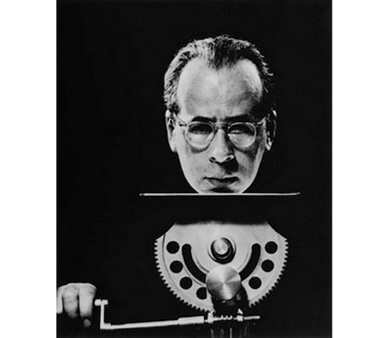
Philippe Halsman (1906-1979) was born in Riga, Latvia. He studied engineering in Dresden before moving to Paris, where he set up his photographic studio in 1932. Halsman's bold, spontaneous style won him many admirers. His portraits of actors and authors appeared on book jackets and in magazines; he worked with fashion (especially hat designs), and filled commissions for private clients. By 1936, Halsman was known as one of the best portrait photographers in France.
Halsman's career came to a dramatic halt in the summer of 1940, when Hitler's troops invaded Paris.
His wife, daughter, sister, and brother-in-law, who all held French passports, immigrated to America, but as a Latvian citizen, Philippe Halsman could not obtain a visa. For several long months he waited in Marseilles along with many others who were forced to escape fascist Europe. Finally, through the intervention of Albert Einstein (who had met Halsman's sister in the 1920s), Halsman obtained permission to enter the United States, and he arrived in New York in November 1940 with little more than his camera.
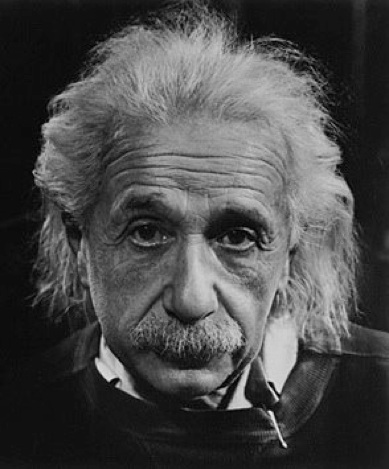
Surrealism
In Paris, Halsman studied the work of other artists and photographers, especially the surrealists, from whom he learned to make images that surprised his viewers. By including homely, and ultimately disturbing, details, he gave his subjects memorable tension. Through subtle lighting, sharp focus, and close cropping, he turned formal fashion shots into serious investigations of character. When Halsman posed NBC comedians against bare white paper, eliminating all defining context, their isolation made them look both frail and funny.

Most important of all, from the surrealists' exploration of the erotic unconscious, Halsman learned how to combine glamour, sex, and wholesome energy in one portrait. This unusual ability made him Life's favorite photographer for sensual stars like Marilyn Monroe and Brigitte Bardot. Halsman's sympathy for surrealism also led to his long, productive friendship with Salvador Dali. Halsman met Dali on assignment in 1941, and over the next three decades they became partners on many projects, including a series of playful tableaux that had all the disturbing irrationality of dreams or a painting by Dali. Their most notable production was "Dali Atomicus", in which the artist, his canvas, furniture, cats, and water all appear suspended in air.
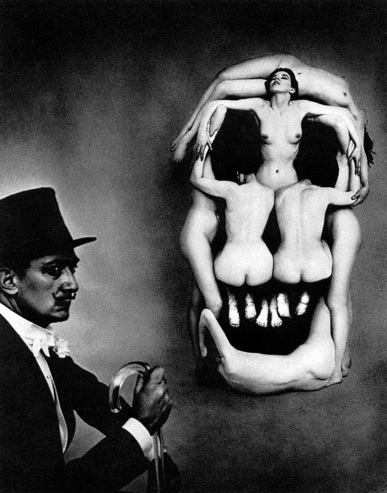
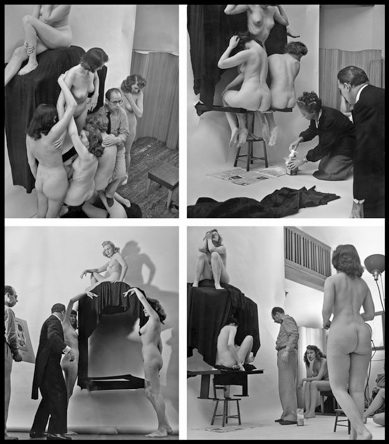

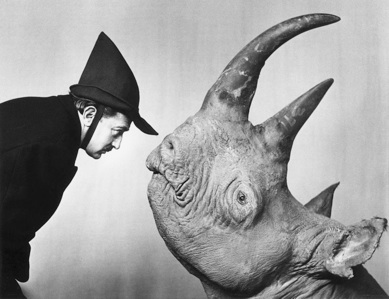
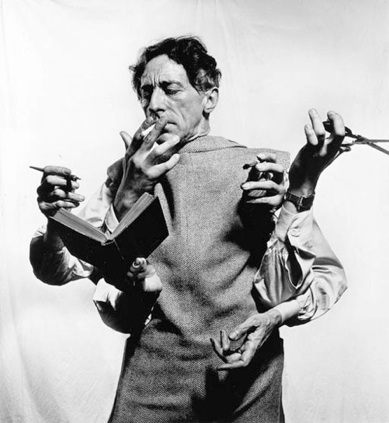
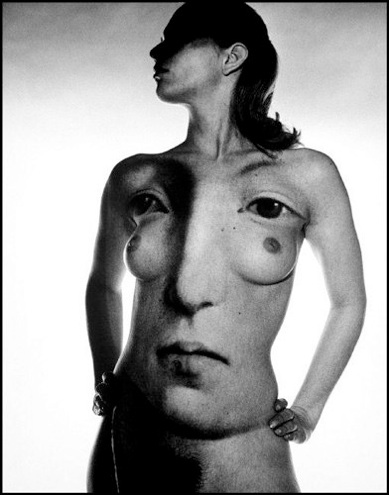

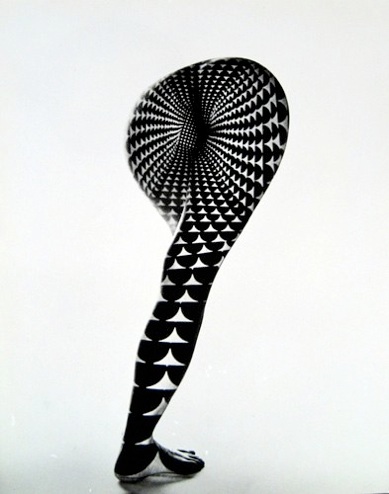
Jumpology
"Starting in the early 1950s I asked every famous or important person I photographed to jump for me. I was motivated by a genuine curiosity. After all, life has taught us to control and disguise our facial expressions, but it has not taught us to control our jumps. I wanted to see famous people reveal in a jump their ambition or their lack of it, their self-importance or their insecurity, and many other traits."

Halsman's irrepressible humor inspired him to ask matriarch Mrs. Edsel Ford, "May I take a picture of you jumping?'" The astonished Mrs. Ford replied, "You want me to jump with my high heels?" Next, her daughter-in-law, Mrs. Henry Ford II, requested a turn. The "jump" pictures had surprising charm, and over the next six years, Halsman asked many clients to jump for him. Halsman claimed the jumps revealed character that was otherwise hidden. "When you ask a person to jump, his attention is mostly directed toward the act of jumping and the mask falls so that the real person appears."
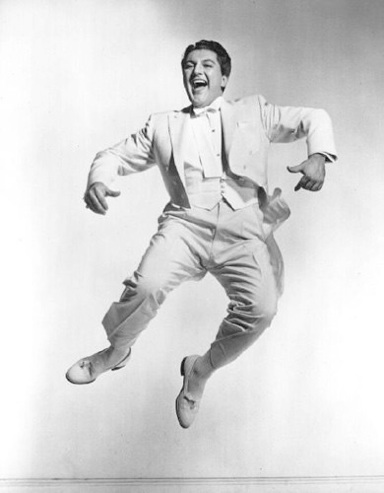
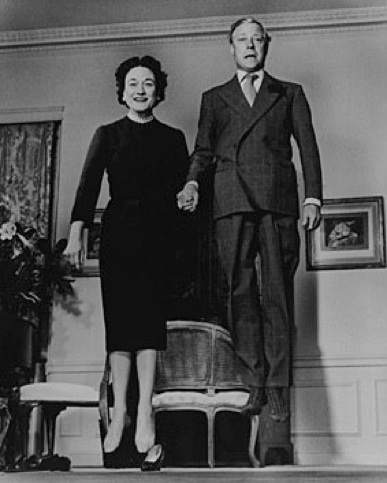
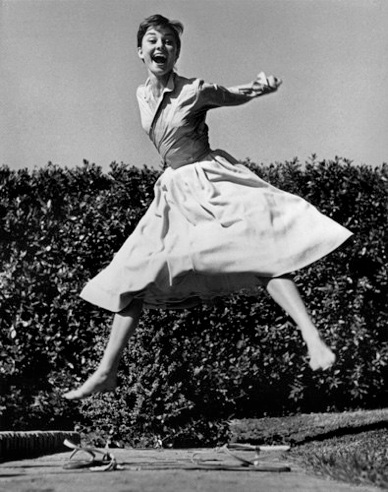
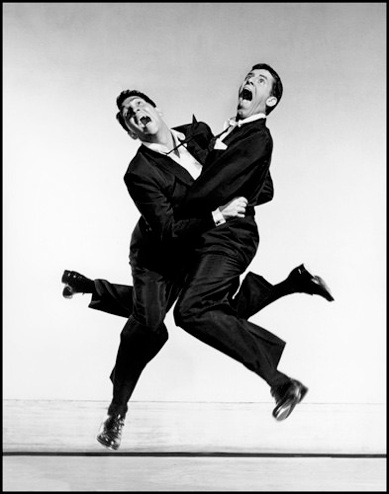
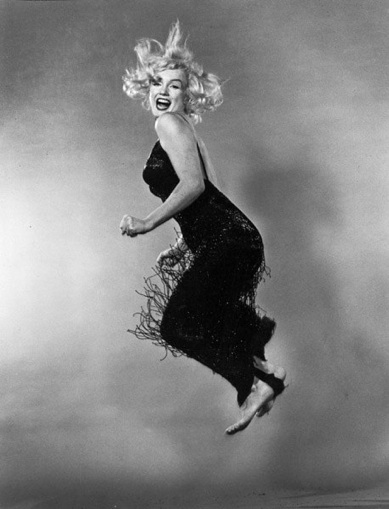
Halsman also pursued this project to discover something about himself. "I assure you that often, before approaching the person, my heart would beat, and I would have to fight down all my inhibitions in order to address this request to my subject. At every time when the subject agreed to jump, it was for me like a kind of victory." How did Halsman persuade so many to abandon their composure for his camera? Somehow, he managed to convince each one that the risk was all his own.
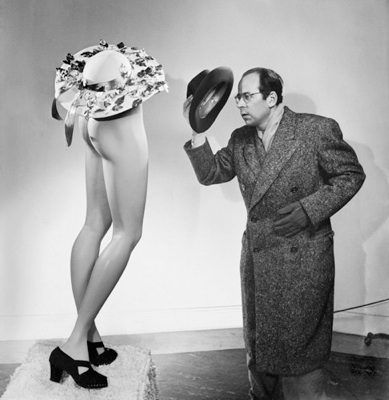
Like many who escaped Hitler's Europe, Philippe Halsman rarely discussed the past. He rightly insisted that his most important work took place in America, and in many ways his adopted country became his subject. One typical review noted his patriotic flair, praising Halsman's "unsanctimonious and immensely intense portrayal of American bounce." From a historian's perspective, it seems clear that Halsman invented a glowing image of the nation as he saw it, using light, persuasion, nerve, imagination, psychology, and experience. This place and these faces are his creation.
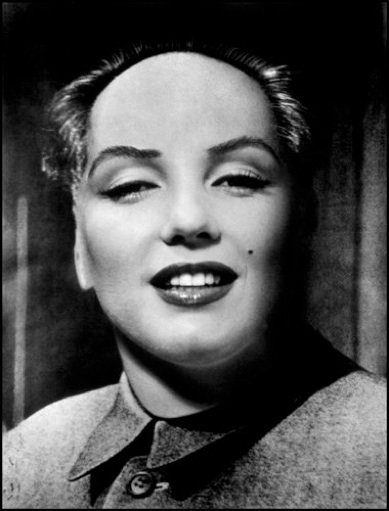
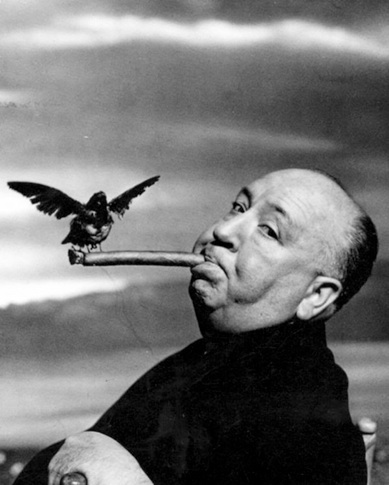
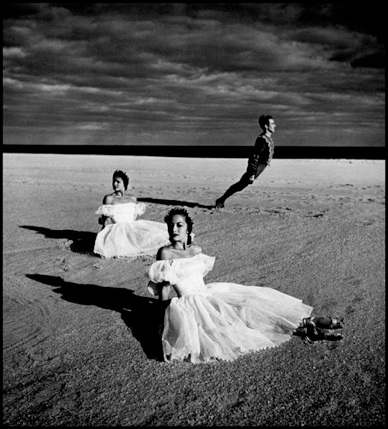
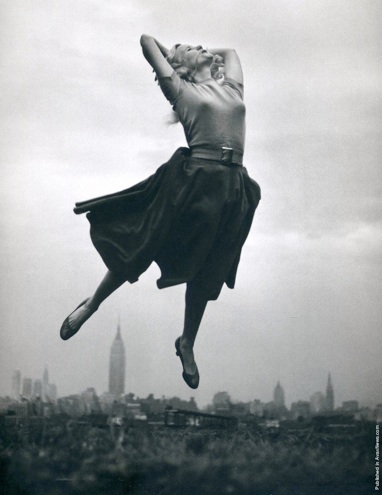
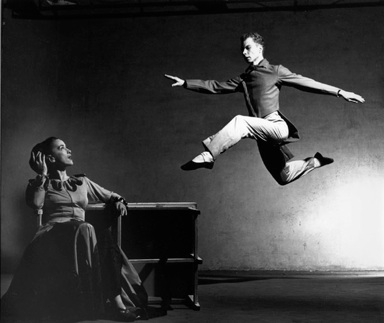
Halsman's perpetual quest for hidden truth also recalls his personal history as an artist and a refugee. Halsman knew that the effort to establish one's identity had significance far beyond the needs of the celebrity marketplace. "This fascination with the human face has never left me. . . . Every face I see seems to hide and sometimes, fleetingly, to reveal the mystery of another human being. . . . Capturing this revelation became the goal and passion of my life."
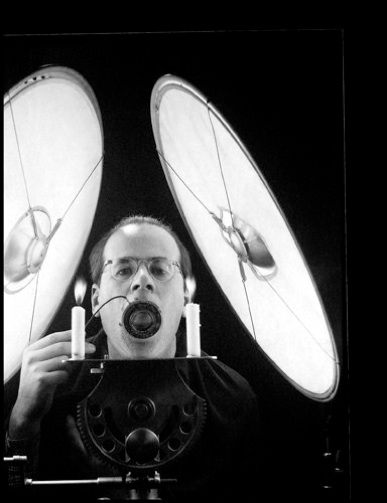
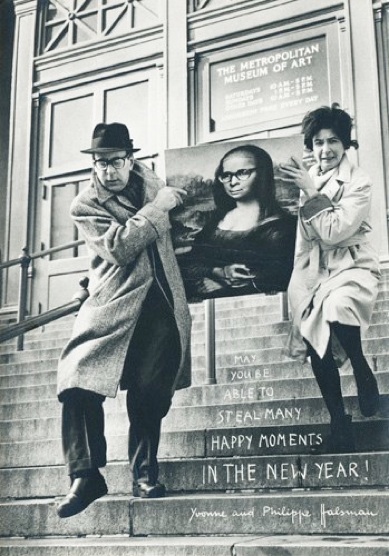
Monday, September 23, 2013
